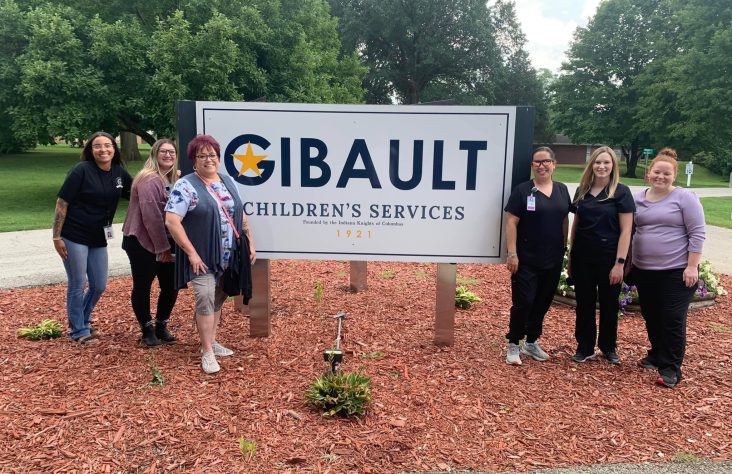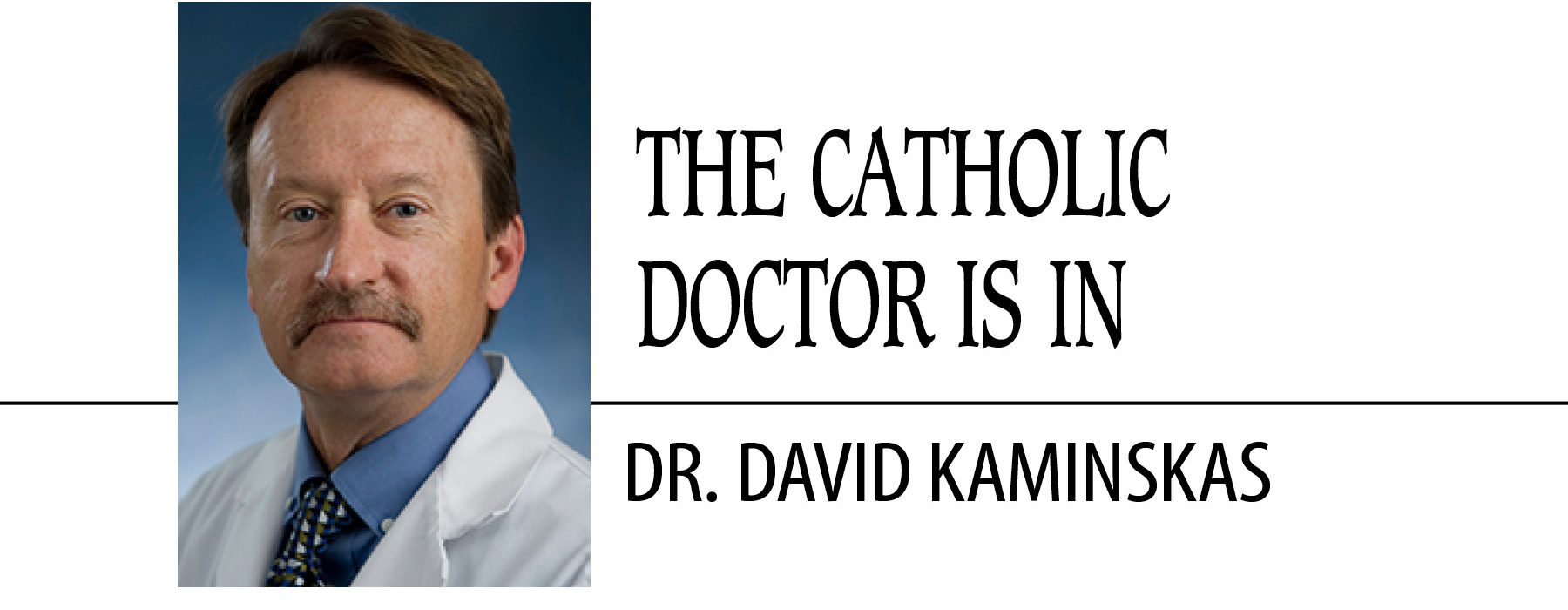September 2, 2020 // Perspective
The wonders of physical therapy
The important role of physical therapy in the evaluation and treatment of many conditions is not always fully appreciated by physicians and patients alike.
Physical therapists have consistently shown me that their grasp of human anatomy far surpasses anything I remember from my training. Since 2015, physical therapists have been required to earn a doctorate degree to be able to practice physical therapy: Before that, it was a master’s degree. Traditionally they do not use the “doctor” title or ask their clients to address them as such. Maybe they know what it says in Mathew 23:12: “Whoever exalts himself shall be humbled, but whoever humbles himself shall be exalted.”
Physical therapists provide greatly needed rehabilitation services for many different types of injuries, illnesses and events. An important one is stroke. There are just shy of 800,000 strokes per year in the United States. Half the people who have had strokes have reduced mobility. Some of my patients who entered rehab post-stroke are unable to take even one step. With the expert guidance of the physical therapy team many will finish rehab able to safely ambulate once again. Enabling these people to get back to work and begin to contribute once again is just one of the things physical therapists do so well.
There are many neurological diseases that physical therapists have a major role in treating. Parkinsonism is one of those. As this disease progresses the body becomes rigid and stiff. It is not long before their gait is affected. The common medical description is a shuffling gait — small steps while barely lifting the feet. Studies have shown that those afflicted with parkinsonism have improved mobility with a specific physical therapy protocol called LSVT BIG. This treatment plan uses large amplitude movements to retrain and restore more-normal movement.
Most people reading this know of someone who has been in a motor vehicle accident and sustained significant injuries. Some of these injuries are so severe that these people, many of them quite young, may spend several months in a rehabilitation hospital working multiple times per day with physical therapists. I have heard nothing but praise for those that have been guided to recovery by these skilled clinicians.
It just so happens that multiple heart patients of mine recently seen on a routine visit told me they had been diagnosed with a rotator cuff tear. Many of them had already been scheduled for surgery and were coming in to get my blessing, so to speak. Since any surgery on someone with significant cardiovascular disease entails increased risk, I decided to do some research and reading on this subject. I learned that most individuals with partial tears will do very well with physical therapy. Some people will eventually require surgery but almost everyone should try three to six months of physical therapy first, even if they ultimately require surgery. Having physical therapy prior to surgery will actually set a person up for the best outcome if they end up needing surgery.
For those who need or choose rotator cuff surgery, you need to know that there will be significant pain post op and you will be advised not to move your shoulder at all for the first four to six weeks. Then, you will still need three to six months of physical therapy to get mobility and strength back in your arm. This is a specific example of how conservative therapy under the direction of a physical therapist may ultimately be the best approach — not to mention lots of money saved.
Over the course of my career I have been blessed to get to know multiple dedicated physical therapists. They play an important and unique role in patient care; much of it involves restoring proper motor function in the body. The psychological impact of having a physical therapist as a personal coach is immeasurable. They frequently are working with people who have been through a serious injury or event. Some of their clients are sad, if not depressed, and are looking for guidance in their recovery plan. Many people need someone to motivate them to get through this difficult time. If you are currently being seen in physical therapy, it is a good time to practice gratefulness and thank them for all they do. If you are in good health and at present do not need their expertise, then take a moment and say a prayer for these special health care workers.
The best news. Delivered to your inbox.
Subscribe to our mailing list today.






